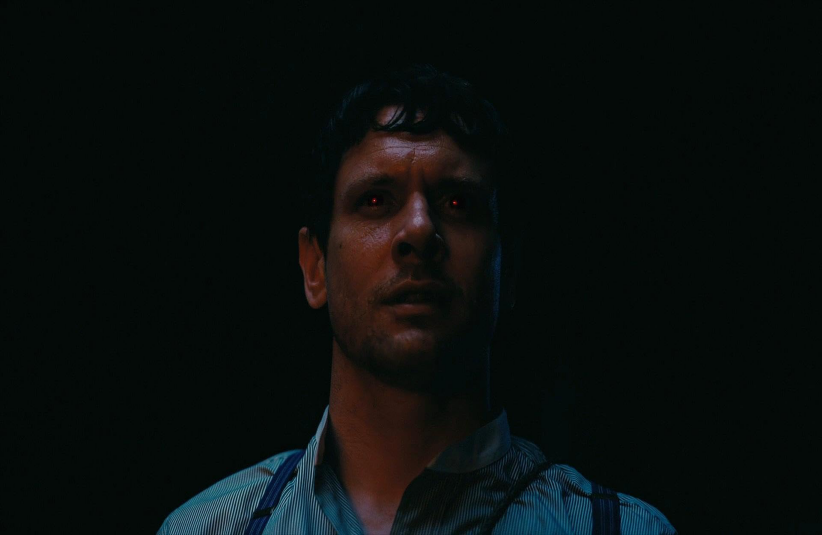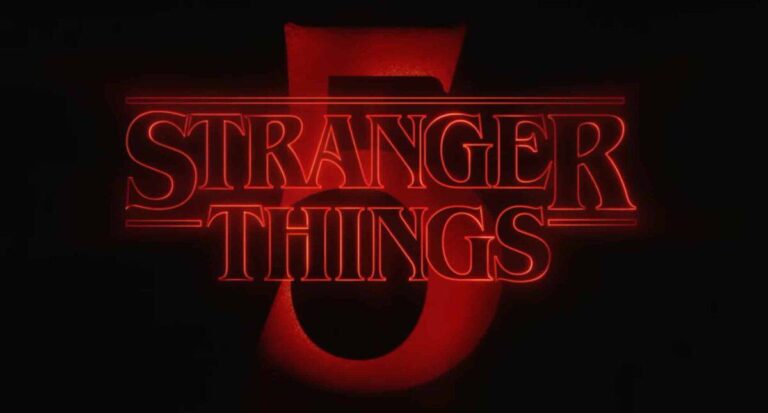How Irish Culture Shaped ‘Sinners (2025)’: Director Explains the Film’s Powerful Inspirations
“Sinners,” Ryan Coogler’s fifth film and one of the biggest horror hits of 2025, is a period vampire flick with a lot more on its mind than just grisly bloodsucking fun. Set in Mississippi in 1932, it uses its fanged villains as a metaphor for the menace of cultural appropriation. One of its most commendable and intriguing aspects is how it’s able to showcase and draw inspiration from very diverse cultural traditions, as well as a diverse array of genre films. Recently, Coogler explained how one culture, and one film about that culture, had a particularly strong influence on his latest movie.
Evil in “Sinners” – An Irish Vampire Who Covets Black Talent
The main antagonist of “Sinners,” Remmick (Jack O’Connell), is an ancient Irish vampire, whose first scene shows him turning a couple of Ku Klux Klan members. This vampire transformation purges them of all racist animosity, and the three bloodsuckers are drawn to a newly-established juke joint by the music of Sammie (Miles Caton), a preacher’s son whose transcendental blues talent makes him Remmick’s primary target for assimilation into his “family.” The vampires’ ensuing siege on the joint conveys a central message in “Sinners”: that the White urge towards cultural appropriation can be as harmful to Black Americans as the segregation and White-supremacist violence that were horrifyingly mundane realities in 1930s Mississippi.
At the same time, “Sinners” adds even more depth to its racial dynamics through the fact that Remmick’s Irish heritage is fraught in ways that parallel the trauma of Black American history. At one point, Remmick expresses resentment towards Christianity, implying that his mortal life was among the 5th-century Irish pagans who were forcibly converted or displaced by invading Anglo-Saxon Christians. This parallels a remark from a Black musician, Slim (Delroy Lindo), that the blues music that Sammie plays so masterfully wasn’t imposed on Black people as was the Christian faith of Sammie’s father.
Remmick’s arc from victim of racial/religious persecution to leader of a force that victimizes Black Americans is allegorical of how Irish immigrants were regarded as racially inferior by 19th-century America’s dominant Anglo-Saxon culture (and often lived alongside Black Americans) until their descendants began aligning themselves with White communities and ultimately attained a position within the country’s dominant racial group.
A Blood-and-Guts Vampire Flick – Inspired by a Leprechaun-Themed DCOM
On November 16, Ryan Coogler attended a panel for “Sinners” at Deadline Contenders Film. Here, he explained to Deadline how a certain family movie from his formative years was strongly in his mind when he made the film. This movie was 2001’s “The Luck of the Irish,” a Disney Channel Original Movie (DCOM) about a boy in modern America who discovers his own Irish heritage through a series of whimsically fantastical phenomena, as well as the revelation that he and his mother are leprechauns in human form.
Coogler first saw “The Luck of the Irish” in his youth, when he was growing up in Oakland, and he credited it with beginning his intense interest in the parallels between Black and Irish culture and heritage. “There was a small Irish community in The Bay,” he recounted, “and we would talk about it… We’ve been fascinated with that culture in my family.” He called “Sinners” “a great opportunity” to explore this longtime fascination. When a member of the audience spoke up to reveal that she’d been involved in making “The Luck of the Irish,” Coogler replied: “God bless you. There are a lot of fans of you in Oakland, California, right now. We used to watch that movie like crazy.”
Coogler also saw the prominence of Irish representation in his vampire movie as “a big shoutout to Bram Stoker, who was Irish, and kind of gave us the first context around the concept of a vampire in popular culture. So, it just made a lot of sense to explore the character that way. He’s not Satan, but we saw him as a pre-colonial Irishman who had this massive backstory that we would kind of hint at and peel back like an onion.”
Finally, he expressed the highest appreciation for O’Connell’s work in “Sinners,” explaining that the actor “brought the memory of his father to the role, the same way that I brought the memory of my uncle. And it was a profound experience to see somebody take ownership of the film in the same way.”
Final Thoughts
“Sinners” is a commendable film for mixing crowd-pleasing genre fare with resonant representations of some of history’s seldom-represented facets. How wonderfully fitting, then, that Coogler should have taken cultural inspiration from such a little-known family favorite.







